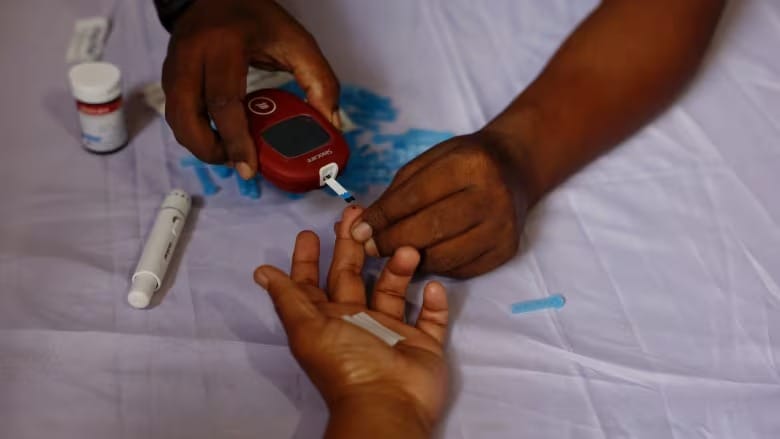Diabetes in adults nearly doubles worldwide, study suggests
To bring global diabetes epidemic under control, countries must urgently take action: WHO

A new study reveals that over 800 million adults worldwide are living with diabetes—almost double previous estimates—and more than half of those over 30 with the condition are not receiving proper treatment.
The research, published in The Lancet, shows that the global prevalence of diabetes has surged from 7% in 1990 to 14% in recent years. The authors attribute much of the increase to rising cases in low- and middle-income countries. Despite the growing number of cases, treatment rates in these regions have barely improved, while higher-income countries have seen some progress, contributing to a widening treatment gap.
In 2022, an estimated 828 million adults aged 18 and older worldwide were living with Type 1 or Type 2 diabetes. Among those aged 30 and older, 445 million (59%) were not receiving treatment, according to the study.
Previously, the World Health Organization (WHO) had estimated that around 422 million people have diabetes, a chronic metabolic condition that can damage vital organs such as the heart, blood vessels, and nerves if left untreated. WHO Director-General Dr. Tedros Adhanom Ghebreyesus called the rise in diabetes cases "alarming," urging countries to take immediate action. He stressed the need for policies that promote healthy diets, physical activity, and health systems capable of preventing, detecting, and treating diabetes.
In sub-Saharan Africa, treatment rates are particularly low, with only 5-10% of those diagnosed receiving care, according to Jean Claude Mbanya, a professor at the University of Yaounde I in Cameroon. Diabetes treatment, which often involves insulin or medication, can be costly, leaving many at risk of severe health complications.
This study, conducted by the NCD Risk Factor Collaboration and WHO, is the first global analysis to include treatment rates and estimates from every country. It draws from over 1,000 studies involving more than 140 million people. The study used both high fasting plasma glucose and high glycated hemoglobin levels as diagnostic criteria to avoid underestimating diabetes rates, particularly in regions like South Asia where relying solely on fasting plasma glucose may miss some cases.
While the study does not differentiate between Type 1 and Type 2 diabetes, previous research suggests that Type 2 diabetes, which is often linked to obesity and poor diet, accounts for the majority of adult cases.





